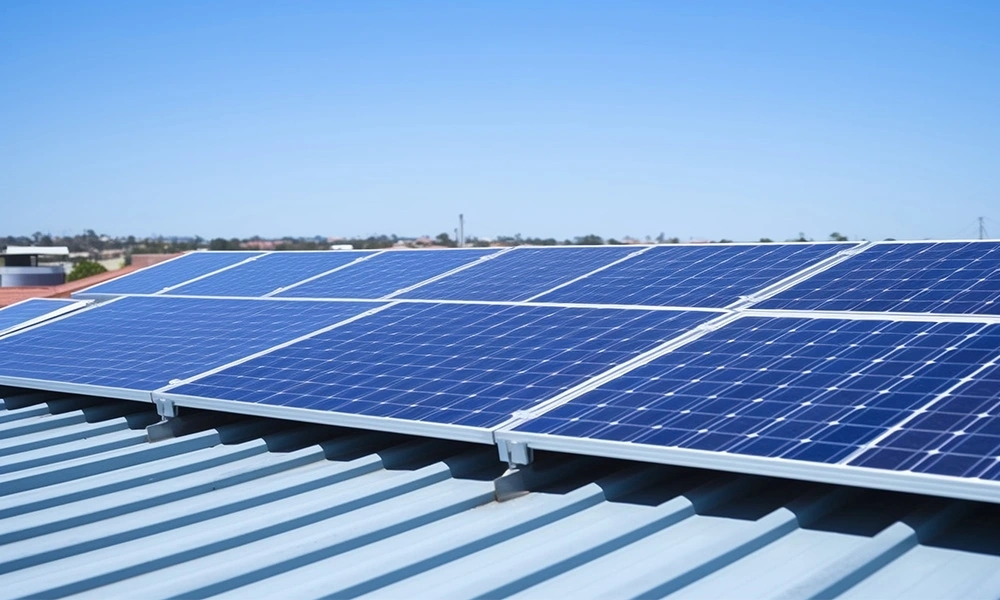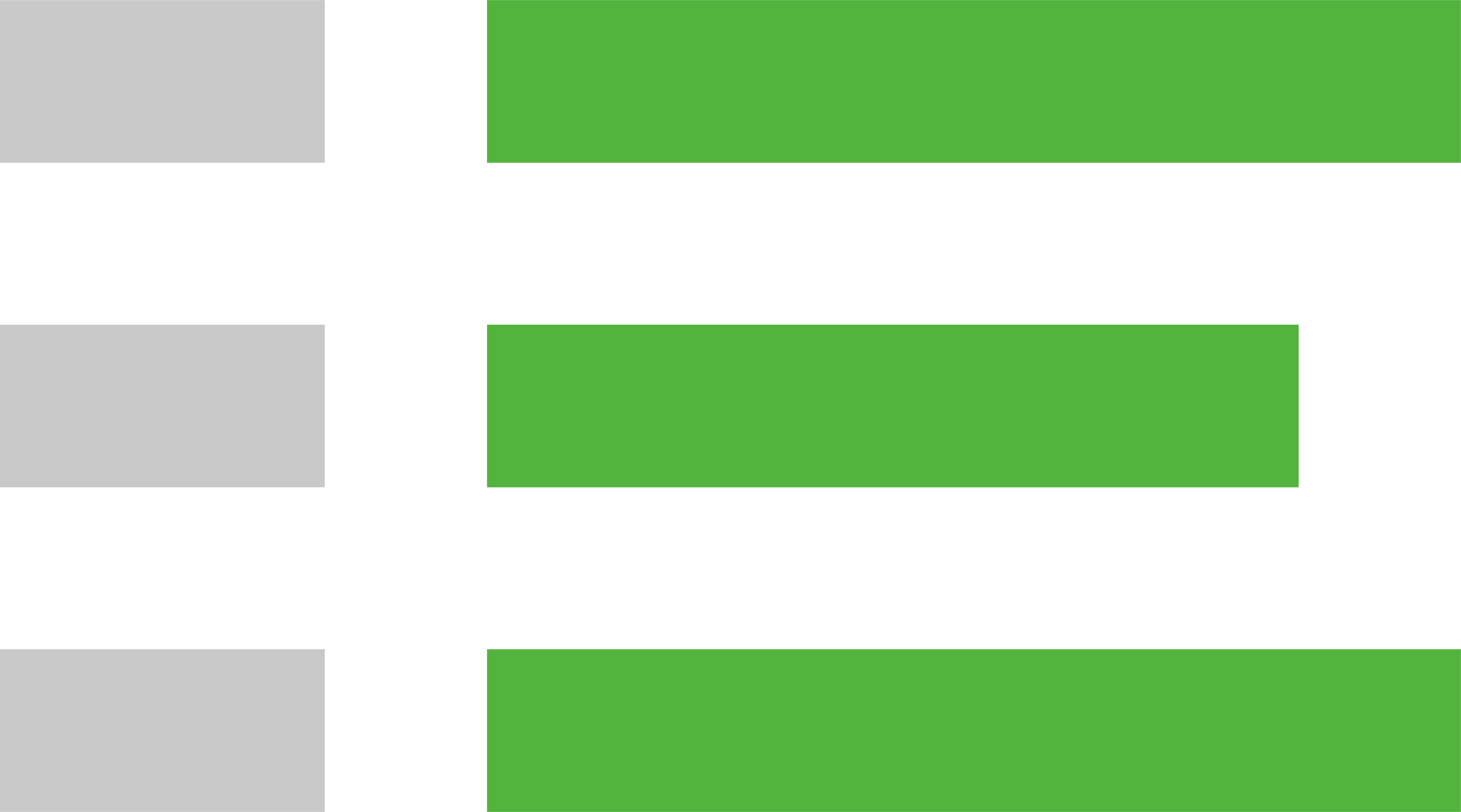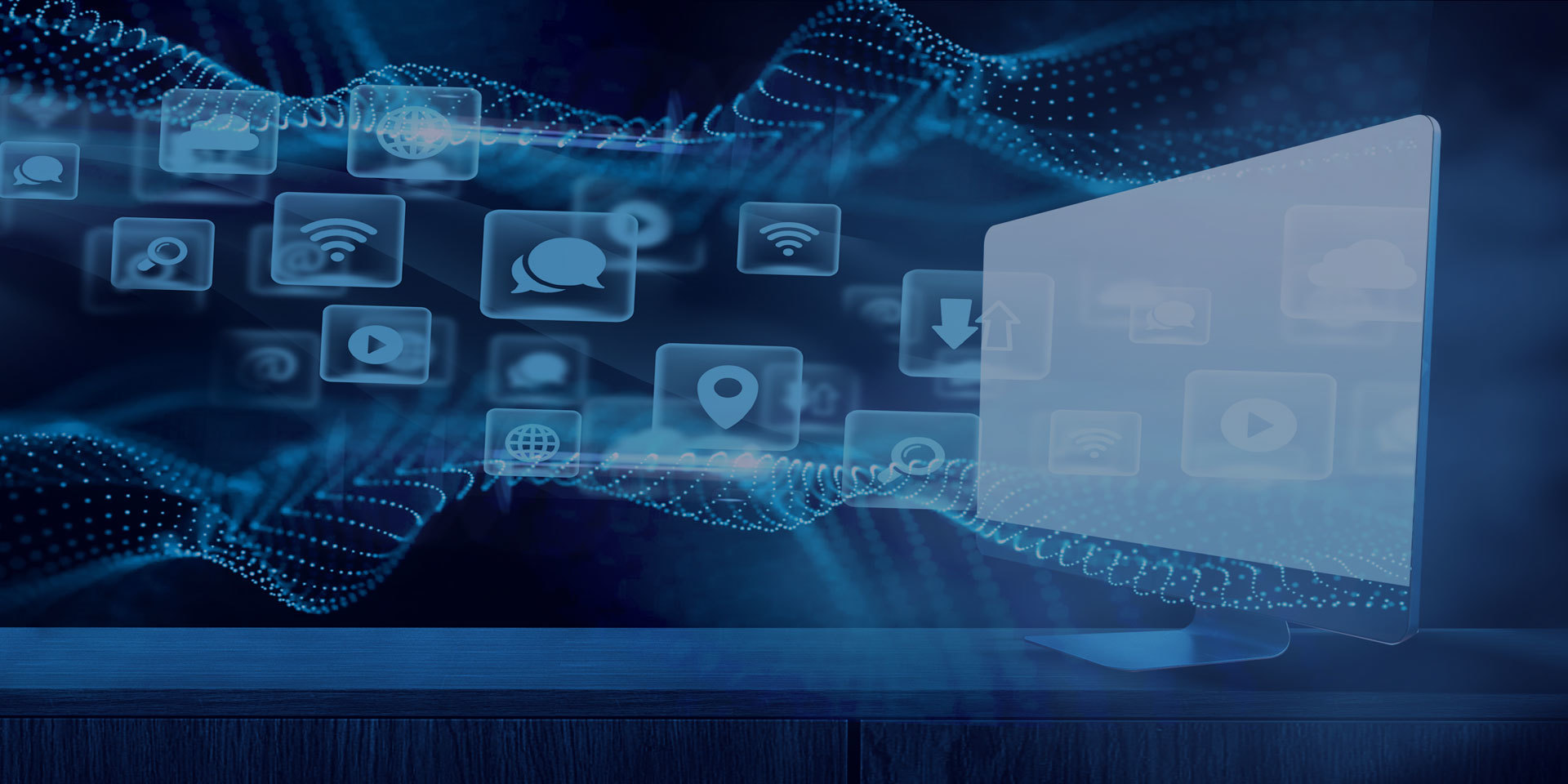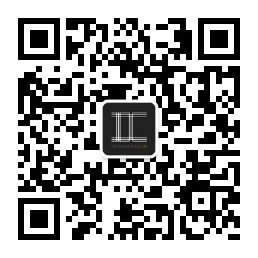- All
- Product Management
- News And Information
- Presentation
- Enterprise Branch
- FAQ
- Enterprise Video
- Enterprise Atlas
What economic benefits can long-term use of microinverters bring
Release time:
2024-05-15 00:00

Reduced Electricity Costs:
Microinverters allow households or businesses to generate and use their own electricity, reducing the need to purchase power from the public grid. During the day, solar power systems can produce enough electricity for daily use, and any surplus power can be stored or sold back to the grid, further reducing electricity costs.
Increased Energy Efficiency:
Microinverters can optimize the output of each solar panel, ensuring maximum efficiency even if some panels are partially shaded or in less-than-ideal conditions. This optimization helps improve the overall energy conversion efficiency of the system, generating more electricity.
Lower Maintenance Costs:
Compared to traditional central inverters, microinverters, due to their distributed nature, do not affect the entire system when a single inverter or solar panel fails. This configuration reduces the impact of sudden failures, decreasing maintenance costs and potential repair expenses.
Enhanced System Reliability:
The use of microinverters increases the redundancy of the system. Even if some components fail, the rest of the system can continue operating, ensuring stability of power supply and reducing economic losses due to system failures.
Increased Property Value:
Installing a solar photovoltaic system with microinverters can enhance the market appeal and value of a property. Studies show that homes with renewable energy systems typically sell at higher prices than those without such systems.
Government Subsidies and Tax Incentives:
Many countries and regions offer government subsidies, tax breaks, or other economic incentives for installing solar power systems, which can lower the initial investment cost and accelerate the return on investment.
News












